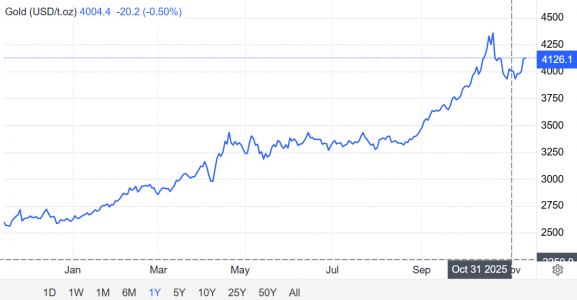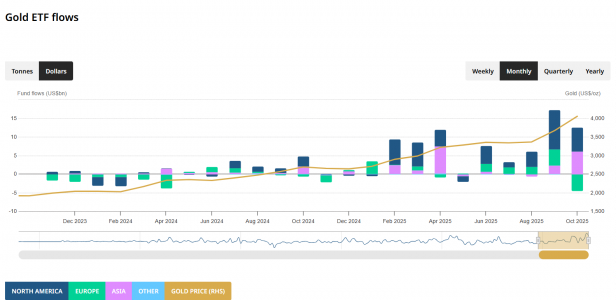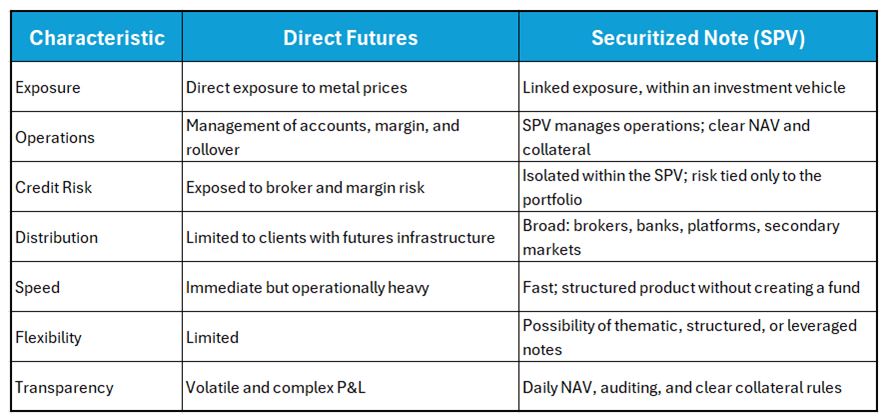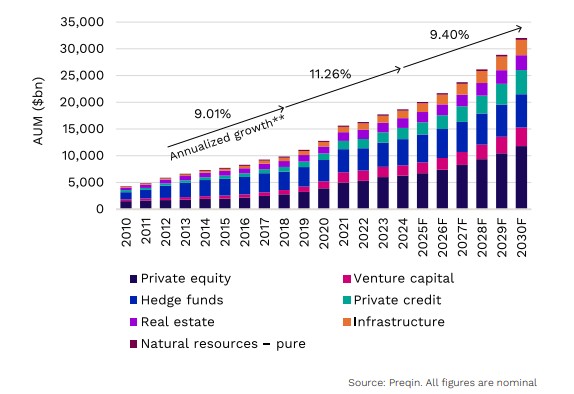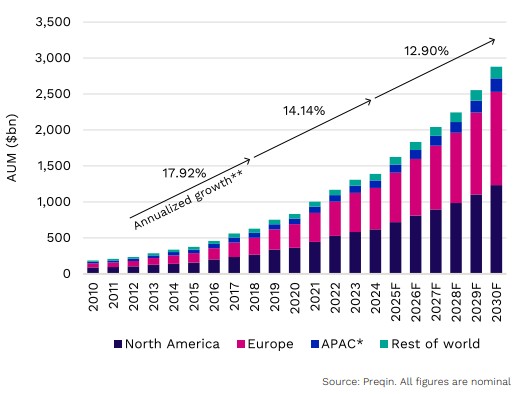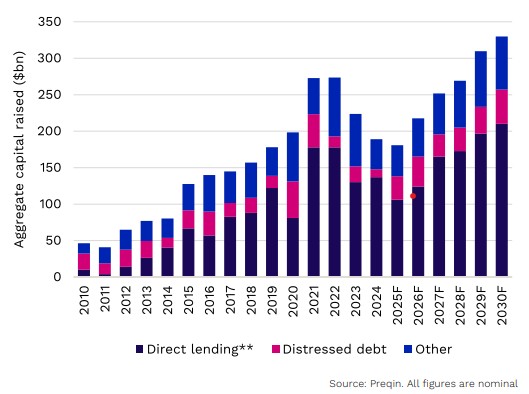The National Association of AFAPs of Uruguay Plans to Invest in Foreign Mutual Funds
| By Amaya Uriarte | 0 Comentarios

The National Association of AFAPs (ANAFAP), which brings together Uruguay’s three private pension fund administrators, is proposing an update to current regulations to enable investment in “foreign mutual funds and exchange-traded funds listed on stock exchanges of recognized international prestige, with prior authorization from the regulator,” according to a statement.
The proposal is part of a technical document containing a series of recommendations aimed at improving the functioning and sustainability of Uruguay’s pension system, within the framework of the ongoing Social Dialogue on pension reform in the country.
Broader Global Diversification
ANAFAP also proposes increasing the permitted investment limits in foreign mutual funds for both the Growth and Accumulation subfunds, as well as for the overall Pension Savings Fund, in order to achieve broader global diversification.
The association believes that incorporating “40% global equities into the current AFAP portfolios could raise the average benefit from the savings pillar by around 21%, with much of the risk associated with the new investments mitigated by the effects of diversification.”
The document highlights that this initiative would not entail a reduction in investment in local projects.
Promoting Voluntary Savings
In its proposal, ANAFAP also aims to promote voluntary savings and notes that there are opportunities to do so more effectively—for example, by automatically depositing VAT refunds from electronic payments into a pension savings account, unless the worker opts out.
The document notes that such mechanisms, inspired by behavioral economics, have been shown to significantly increase retirement savings in other countries. It also suggests allowing greater liquidity for voluntary savings in exceptional circumstances, such as purchasing a home or covering medical expenses, which could encourage participation without compromising the retirement purpose.
Improved Access to Pension Information
The Uruguayan pension fund association also stresses the need to improve access to pension information in order to provide more comprehensive advice to workers. The Association recalled that advising is one of the core functions of the AFAPs, but with the enactment of Law No. 20,130, these entities were prevented from accessing relevant system information, limiting their ability to properly guide members on their estimated future retirement benefits. The document notes that this situation does not align with best practices or international pension recommendations.
Reviewing Decumulation Stage Options
Finally, ANAFAP proposes reviewing the available options during the decumulation stage, that is, when savings are converted into retirement income. Currently, the prevailing mechanism is the life annuity, but there are other models used in different countries that could complement or improve the current system. These include retirement mutual funds, temporary annuities, or combinations that allow greater flexibility and more efficient use of accumulated capital.
The National Association of AFAPs of Uruguay (ANAFAP) is the trade association that brings together the private Pension Savings Fund Administrators: Integración AFAP, AFAP Sura, and AFAP Itaú. This does not include the country’s largest fund, República AFAP, which is publicly owned. According to 2024 data, the four pension funds manage 22.103 billion US dollars.



